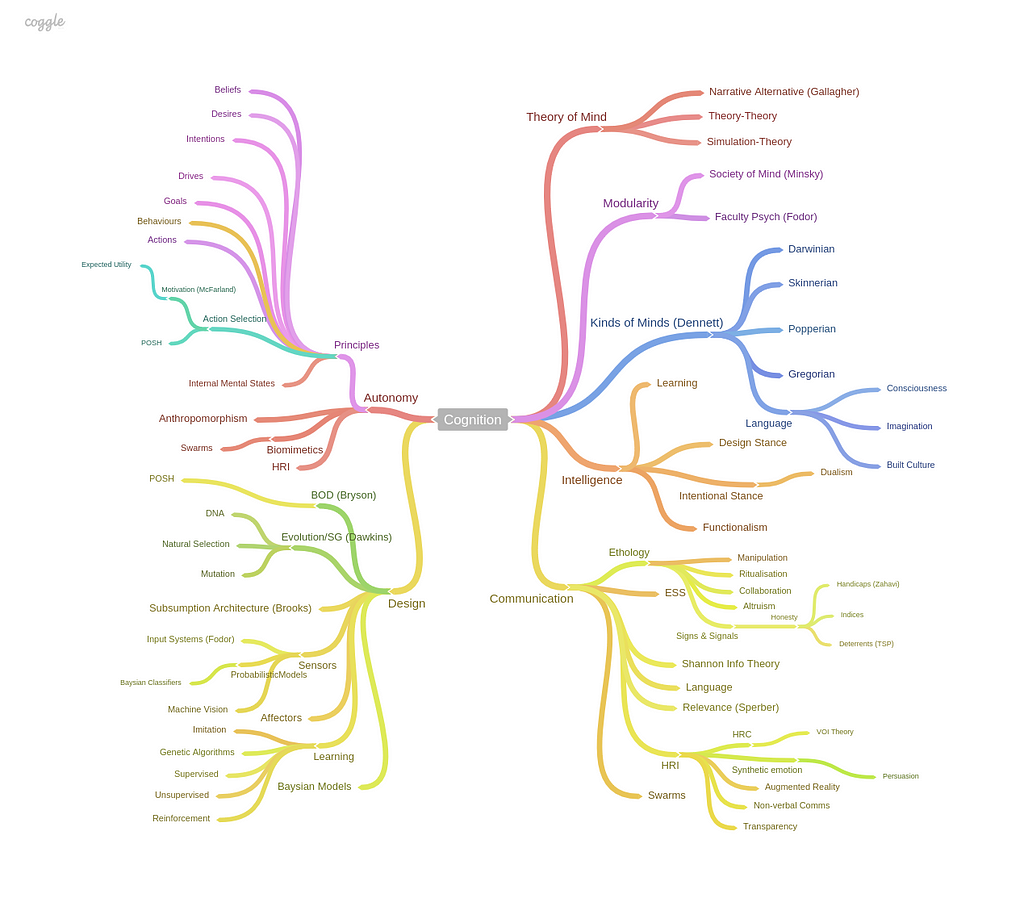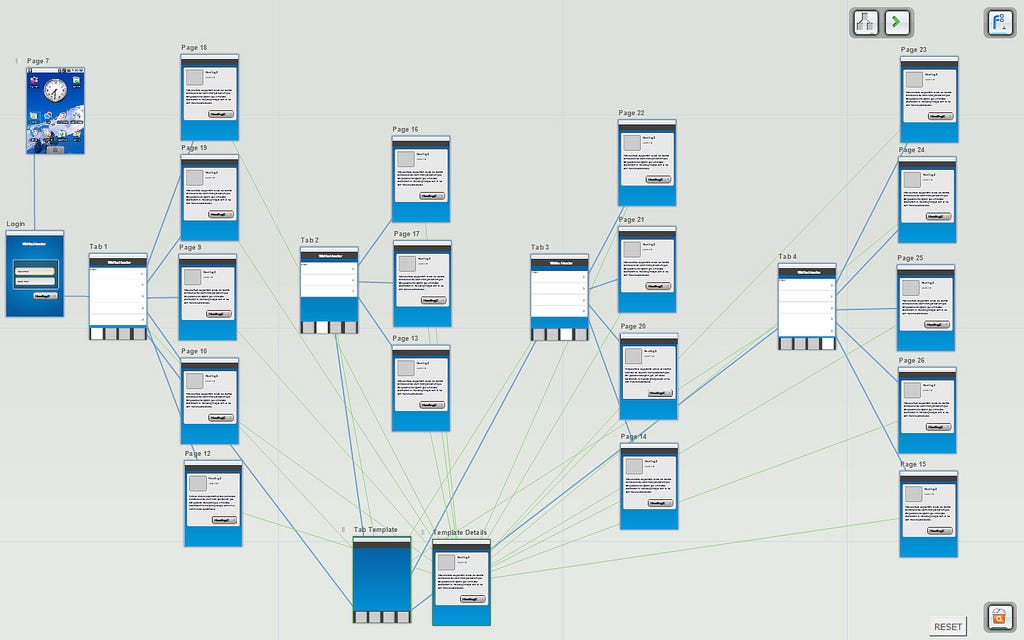Latest news about Bitcoin and all cryptocurrencies. Your daily crypto news habit.
The technological singularity is the hypothesis that the invention of artificial superintelligence (ASI) will abruptly trigger technological growth, resulting in unfathomable changes to human civilization — Wikipedia
There is a big gap between the the consumer, business world, and recent developments in deep tech. This article aims to build a bridge and explain why this is important for future progress.
We’ll have a look at how software gets built today and analyze the blueprint of innovation. Before reaching our conclusion, we’ll have a look at the newest and most untertapped AI breakthrough.
At the very end, i hope you’ll discuss whether or not anybody can predict when a certain breakthrough in tech is going to happen.
A short story from the fifties
Let me take you back to the Cold War. 7 years into it, Machine Translation was one of the many avenues the Russians and Americans were exploring to get ahead of each other.
The Georgetown experiment, was set up to automatically translate sentences from Russian to English. Researchers of the Georgetown experiment asserted their belief that machine translation would be a solved problem within three to five years. Almost seventy years later we see that MT remains a challenging problem. What happened?
Building software
The pace at which software is developed is notoriously hard to predict. In a factory setting, throwing more men on the assembly line will increase productivity proportionally. Here’s the catch: men and months are interchangeable commodities only when a task can be partitioned among many workers with no communication among them.
“No matter how great the talent or efforts, some things just take time. You can’t produce a baby in one month by getting nine women pregnant.”
― Warren Buffett
Problem setup
Let’s first consider a medium sized company, building a typical Android app. No R&D needed, with 3 decent developers.
Step 1: Specifications
First, you need to get good specifications for what the app should do. These come in various forms, but they need to capture every detail of the app. Specifications also need to be brief, but prevent loss of crucial information.
While tricky, a seasoned expert can get this done correctly. This process rarely scales — meaning you can’t put more people on it and expect faster results, but it rarely takes more than 1% to 10% of the time. It’s not the reason even top notch professionals delay software projects.
Interestingly enough, the harder the problem that needs to be solved, the easier it is to get the specification written.
Step 2: Implementation
The myth is that when you add a person to a software project you will get a person’s worth of productivity. In fact you get less than 1. The more people you add the less you get for each one added. This is due to the fact that the more people you have, the more communications problems there will be. Look up the The Mythical Man-Month book for more details.
This is why big teams move slower. It propmpted Sam Altman to give this advice to startups:
“Move fast. Speed is one of your main advantages over large competitors.” Sam Altman
The underlying problem is this: no one component in a software project exists in isolation, so everybody is building on top of everybody else’s work.
When there’s a senior engineer/architect on the team, who has built this type of project before, you can reasonably expect a way of partitioning the work that overlaps less. In our Android app scenario, one developer could work on the UI, and others on getting the data from the servers. Still, overlapping occurs. Let’s say you want to capitalize all the text in the app. Who is responsible for transforming the data that gets displayed?
Innovating
Everything we know today and take for granted, was once a big secret. What secret is nobody looking at, but could transform society?
Innovation happens when such a great secret gets uncovered and exploited. Let’s have a look at a couple of examples.
Before Airbnb, travelers had to pay high prices for hotels. Property owners couldn’t rent out their unoccupied space. Airbnb saw untapped supply and demand where the majority of people saw nothing at all.
A similar argument can be made for Lyft and Uber. Many laughed at the possibility of building a billion‐ dollar business by simply connecting people who want to go places with drivers ready to take them there. What’s more, you could already call a taxi or a private limousine.
The bottom line is this: only by believing in and looking for secrets could you see beyond the convention to an opportunity hidden in plain sight.
If a concept as trivial as building a taxi service in an app, with a slightly better service and ease of use can spur a multi-billion dollar company, what other secrets are waiting to be uncovered?
Let’s go back to our Singularity question. When is it coming? First, let’s see why it doesn’t exist today.
When did people start thinking about the Singularity? It certainly wasn’t during Charles Babbage’s time, the man who built the first mechanical computer(he built it to automatically solve the equations that would ultimatelly navigate ships). Such a complex task simply wasn’t on the horizon.
Each innovation depends on a series of previous innovations.
Sounds familiar? Just like in the software industry, everyone is building on top of everyone else’s work. But it’s not just that certain innovative concepts must exist, there needs to be one person lucky and persistent enough to put them together.
“I have not failed. I’ve just found 10,000 ways that won’t work.”
― Thomas A. Edison
That’s why i think learning to collaborate better, on a global scale is very important. And it all starts with paying attention and understanding the concepts.
In our Uber example above, simply adding a rating system and a convenient way of calling a car/being notified when somebody needs a car produced such a better outcome than the traditional way of doing things. AI is the same, but the concepts are much more complicated.
 What’s needed to achieve cognition?
What’s needed to achieve cognition?
Want to bet on a transformative AI secret?
Uber placed a bet primarily on convenience. I will reveal the bet i am placing.
Work in A.I. can be boiled down to this: let’s predict a certain value.
This comes in 2 flavours.
1. Given data about certain objects, and their prices, let’s predict the price of an object the algo hasn’t yet seen. Example: what’s the price of this house, given the prices of all houses in the neighbourhood, and their sizes?
2. Given data about certain objects, and a label on each one of them, label a new object we haven’t seen before. For instance: we have 10 pictures of cats. We label them: black cats, white cats, grey cats. When a new picture is presented to the algorithm, it should be able to say: this is a black cat.
I’d wager 5000 spacecoins(they’re coming, don’t you worry) on data structures as an inflexion point, when it comes to AI’s transformative secret.
Those data structures are graphs. Of course, the size of the information that modern AI systems can’t fit in any kind of memory, so we’ll need disk storage. Enter graph databases.
If you want a taste on how graph databases function, and a high-level view of the most prominent applications of the tech to date, have a look at this article.
Artificial intelligence and graph technology are at a critical crossroads. Graphs and AI have a symbiotic relationship that further strengthens and accelerates one another. Dr. Fowler explores this in his new book, Connected. With the risk of over-simplifying, his work states this: predictions are best driven not by discrete, individual records but by relationships.
Having worked with the tech since it’s very early days(2011), i can attest to the transformational power and shift in thinking patterns it entails.
I am in no way in any doubt about this, but i know i could be wrong. Time will tell, as there’s no way of knowing beforehand. What are you betting on, when it comes to future AI development? What’s a secret that’s clearly overlook, but could be transformative for the industry?
Wish me luck(or, even better, hire me), take advantage of the best cloud/AWS graph database solution and join the discussion below!
When is The Singularity Coming? was originally published in Hacker Noon on Medium, where people are continuing the conversation by highlighting and responding to this story.
Disclaimer
The views and opinions expressed in this article are solely those of the authors and do not reflect the views of Bitcoin Insider. Every investment and trading move involves risk - this is especially true for cryptocurrencies given their volatility. We strongly advise our readers to conduct their own research when making a decision.



